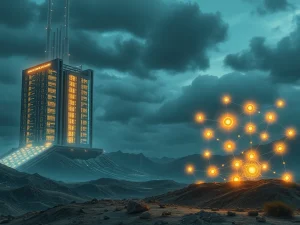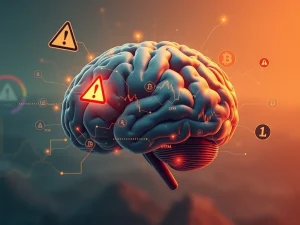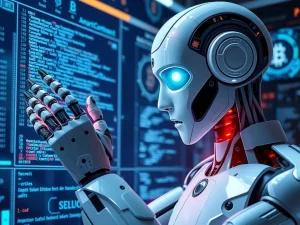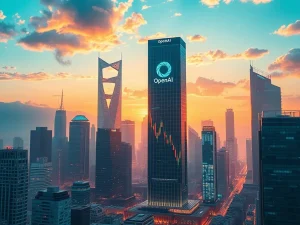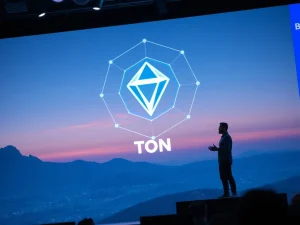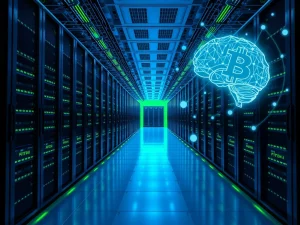Meltdown Alert: OpenAI Imposes Rate Limits on ChatGPT Image Generation Amidst ‘Ghibli’ Craze
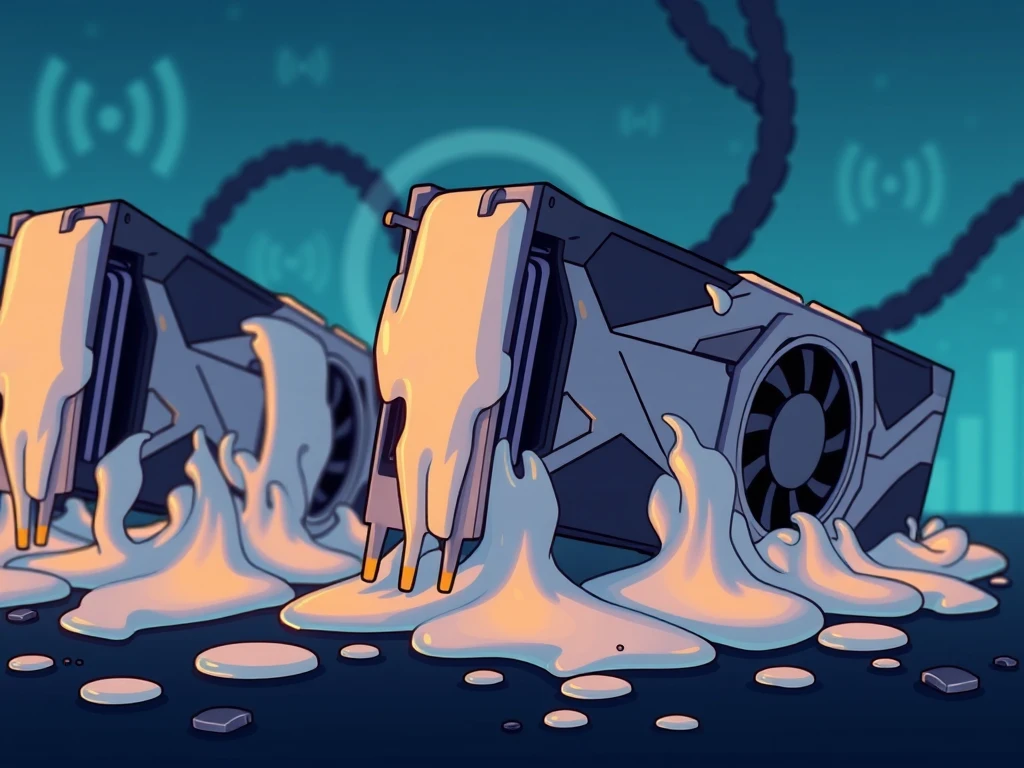
The viral ‘Ghibli-tsunami’ has officially hit OpenAI’s servers harder than anticipated! Just days after unleashing upgraded image generation in ChatGPT-4o, OpenAI is putting the brakes on unlimited creativity. Why? Because, as CEO Sam Altman bluntly puts it, “Our OpenAI GPUs are melting!” Let’s dive into what this means for you, the AI art enthusiast, and the future of accessible AI.
Why Are OpenAI GPUs ‘Melting’ from AI Image Generation?
The internet went wild when OpenAI launched its enhanced image generation capabilities in ChatGPT-4o on March 25th. Suddenly, everyone was channeling their inner Hayao Miyazaki, transforming everyday objects and selfies into stunning Studio Ghibli-esque masterpieces. This explosion of creativity, dubbed the ‘Ghibli-tsunami’, resulted in an unprecedented demand for AI image generation, pushing OpenAI’s infrastructure to its limits. Think of it like this:
- Massive User Surge: The ease and novelty of creating Ghibli-style art attracted a huge influx of users eager to test the new feature.
- Resource-Intensive Process: Generating high-quality AI images, especially in a specific artistic style, demands significant computational power from OpenAI GPUs.
- Infrastructure Strain: The sheer volume of image requests overwhelmed OpenAI’s servers, causing performance bottlenecks and prompting the need for immediate action.
Sam Altman himself acknowledged the issue, stating that while the team was thrilled with the user enthusiasm, the strain on their OpenAI GPUs was unsustainable. Hence, the temporary introduction of rate limits.
ChatGPT Rate Limits: What Does This Mean for You?
So, what exactly are these rate limits, and how will they impact your AI art adventures with ChatGPT? OpenAI is implementing these limits to manage the immense load on their infrastructure and ensure a smoother experience for all users. Here’s a breakdown:
- Temporary Measure: Altman emphasized that these limits are temporary while they work on optimizing their systems for greater efficiency.
- Free Tier Limits: Users on the free tier of ChatGPT will soon be restricted to three image generations per day.
- Managing Demand: Rate limits are a common practice for online services experiencing high demand, helping to prevent server crashes and maintain performance.
- Fair Access: By controlling the usage rate, OpenAI aims to provide a consistent experience for everyone, rather than having the service become unusable due to overload.
While these rate limits might seem like a buzzkill for avid AI artists, they are a necessary step to ensure the long-term stability and accessibility of ChatGPT’s AI image generation features.
Beyond Ghibli: The Broader Impact of AI Image Generation
The ‘Ghibli-tsunami’ isn’t just about fun memes; it highlights the rapidly growing power and popularity of AI image generation. This trend has implications across various sectors:
- Creative Industries: AI art tools are empowering creators, offering new avenues for artistic expression and content creation.
- Social Media & Memes: As seen with the Ghibli trend, AI image generation fuels viral trends and meme culture, transforming online communication.
- Technology Adoption: The enthusiastic response to ChatGPT’s AI image generation underscores the increasing mainstream adoption of AI technologies.
- Infrastructure Challenges: The strain on OpenAI GPUs reveals the significant infrastructure demands of advanced AI models and the need for continuous scaling and optimization.
Even prominent figures like Elon Musk and David Sacks joined the Ghibli trend, showcasing the widespread appeal of this technology and its potential to permeate various aspects of digital life.
What’s Next for OpenAI and ChatGPT?
While navigating the current infrastructure challenges, OpenAI has ambitious plans for the future. According to Bloomberg reports, they anticipate more than tripling their revenue this year, fueled by the success of ChatGPT and related AI services. Furthermore, Altman has hinted at the imminent arrival of even more powerful models, GPT-4.5 and GPT-5, in the coming months.
The temporary rate limits are a reminder that even groundbreaking technologies like ChatGPT’s AI image generation are still under development and require ongoing adjustments to meet user demand and ensure sustainable operation. As OpenAI works to enhance efficiency and potentially expand its OpenAI GPU capacity, users can anticipate a future where AI-powered creativity is even more accessible and seamless.
Conclusion: Embrace the AI Art Revolution, Responsibly
The ‘Ghibli-tsunami’ and the subsequent rate limits serve as a powerful illustration of the double-edged sword of viral AI adoption. While the enthusiasm for AI image generation is undeniable and incredibly exciting, it also underscores the importance of responsible scaling and infrastructure management. For now, ChatGPT users on the free tier will need to be a bit more mindful of their daily image creations. However, this temporary measure paves the way for a more robust and accessible future for AI image generation, ensuring that everyone can continue to explore the fascinating world of AI-powered art – without melting the GPUs!

